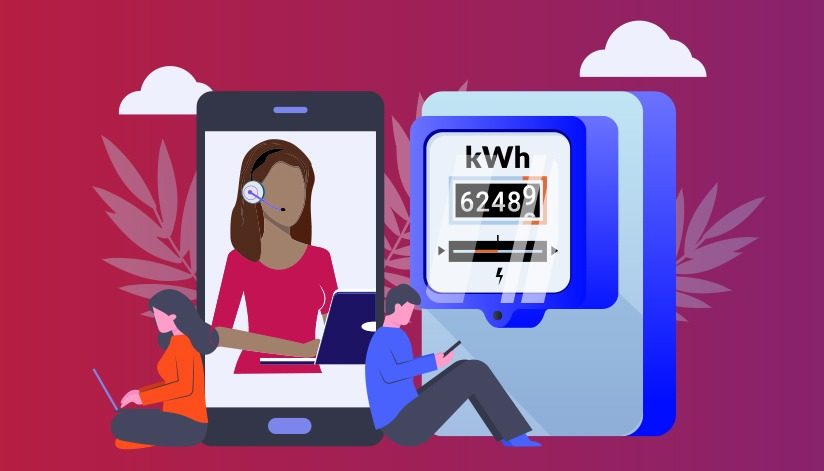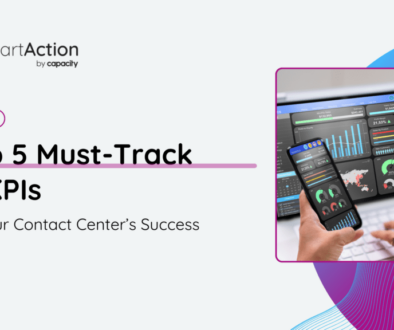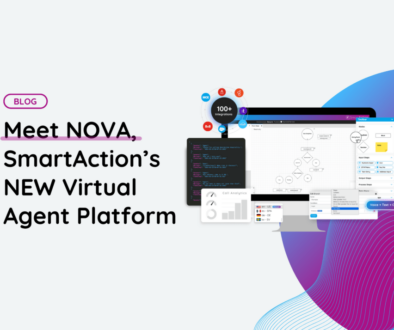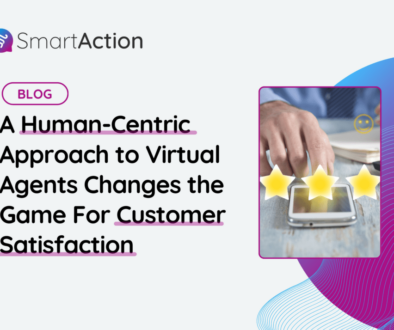5 Ways AI-powered Virtual Agents Improve CX in Utilities
Let’s be honest. The last situation anyone wants to encounter when facing an issue is a voice on the other side of the line that cannot perceive human interaction. Whether it’s reporting an outage or making a payment, customers want the least amount of interaction friction, and in the past, calling into a customer service line has been anything but. In the age of optimization and a need for speed, it makes sense why 73% of customers say valuing their time is the most important thing companies can do to provide them with good customer service. And the way to show the understanding that a customer’s time is precious is by enhancing their customer experience through customer self-service.
AI-powered virtual agents have come a long way since the days of “Press 1 for billing. Press 2 for enrolling in new energy service.” Natural Language Understanding engines (NLUs) have advanced to match intents to expected answers for the best imaginable experience. This allows AI-powered virtual agents to follow complex dialogue at the rate of normal conversation — yes, even alphanumerical interactions, the most challenging type to capture. By coupling advanced NLU technology with a CRM, ERP, payment gateway, and existing contact center infrastructure — and then marrying it all into an omnichannel experience — AI-powered virtual agents can vastly enrich a customer’s experience; They get back precious time to spend doing something else much more worth their while.
Refine CX in Every Aspect of Interaction in Customer Self-Service
- Intelligent Front Door – Creating an “intelligent front door” captures customer intent quickly and efficiently to get them where they need to go. By providing them with common customer service options, e.g., what they are looking to do (pay a bill, start/pause/stop service, etc.), you streamline the process and cut down on call handle time.
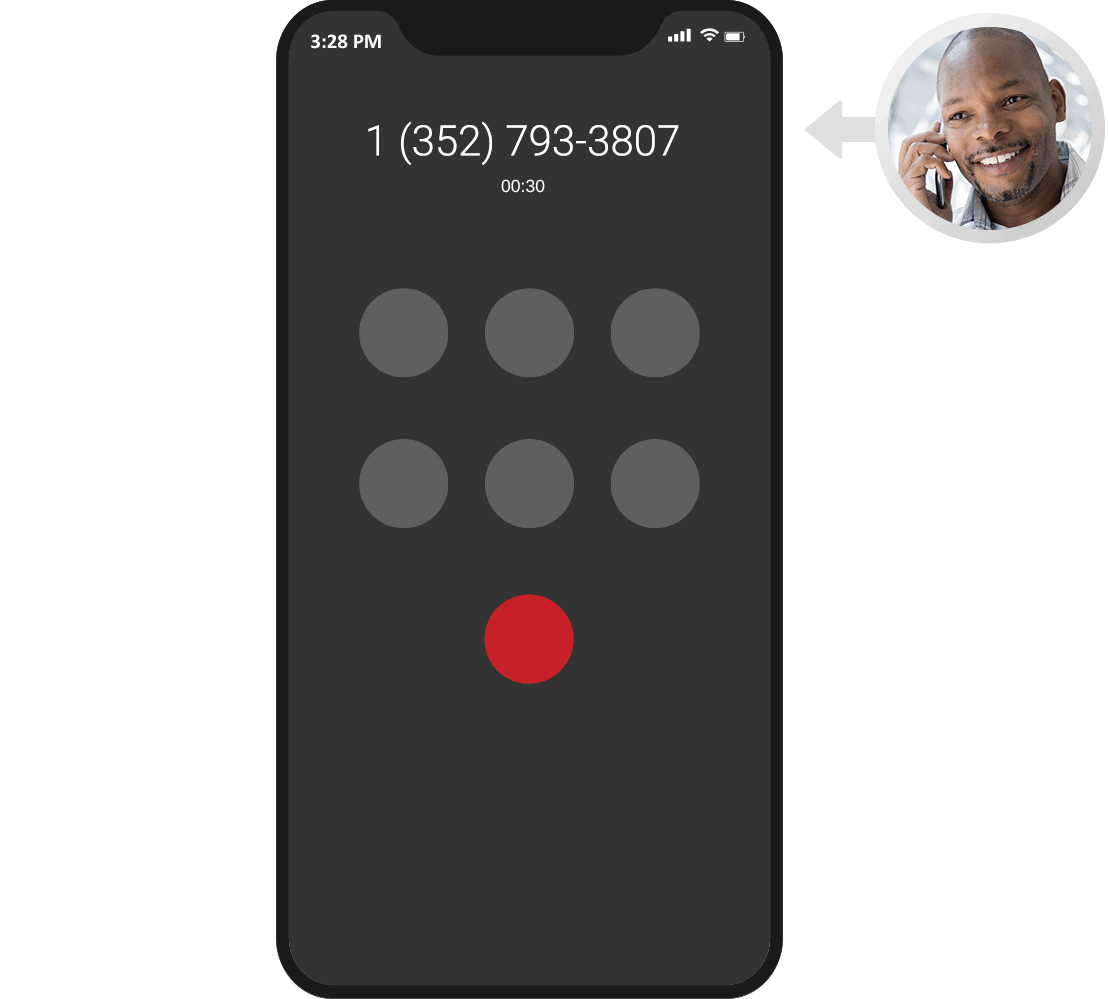
- Authentication — Verifying a customer is made easy with data from a CRM, ERP, or another system of record. Confirm any pertinent piece of information in natural language to keep them in customer self-service or, for complex issues, route to an appropriate live agent. That live agent will then have all the information collected to resolve the issue as quickly as possible.
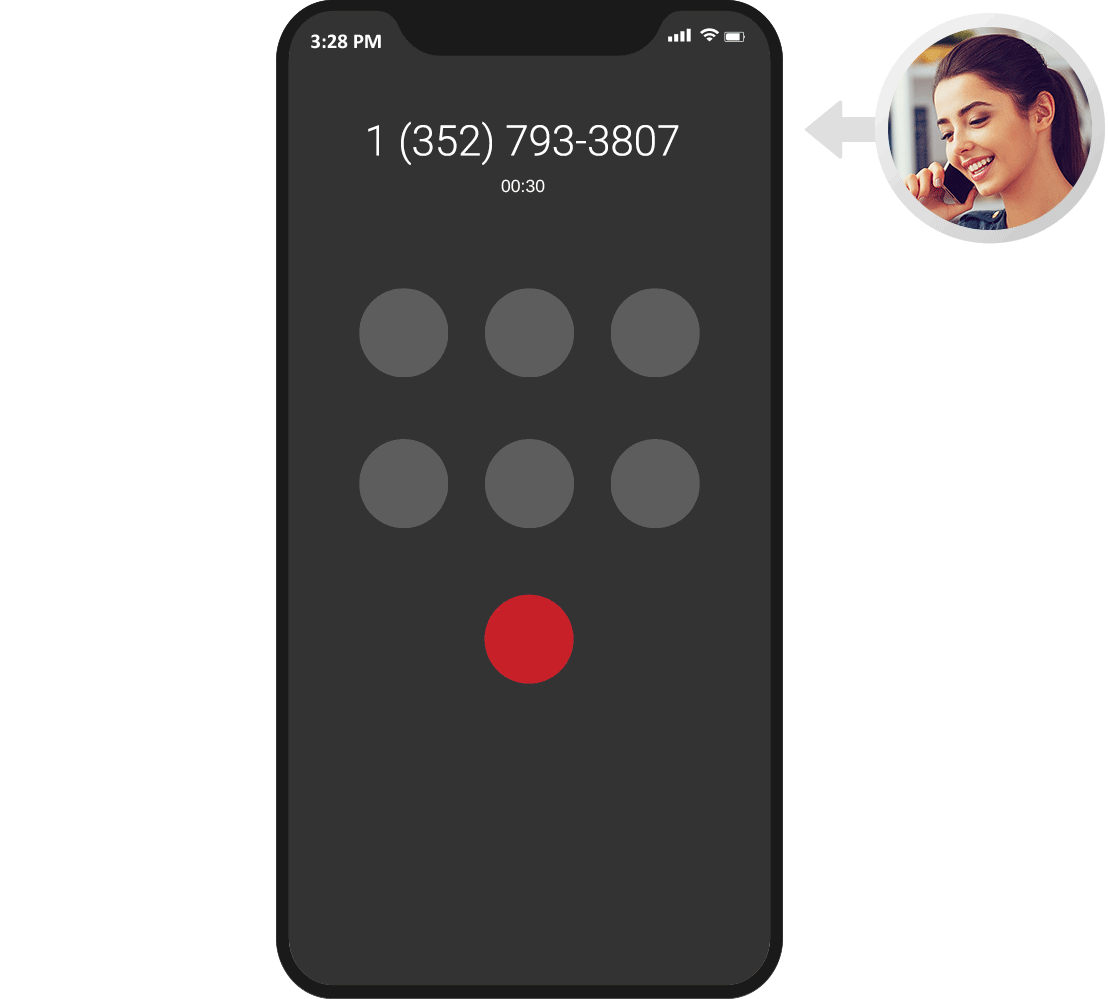
- Service Management – Reporting an outage is transformed from having to wait on hold during a frustrating time to confirming just a few pieces of information such as the name of the customer and address of the outage, which is pulled right from the data source.
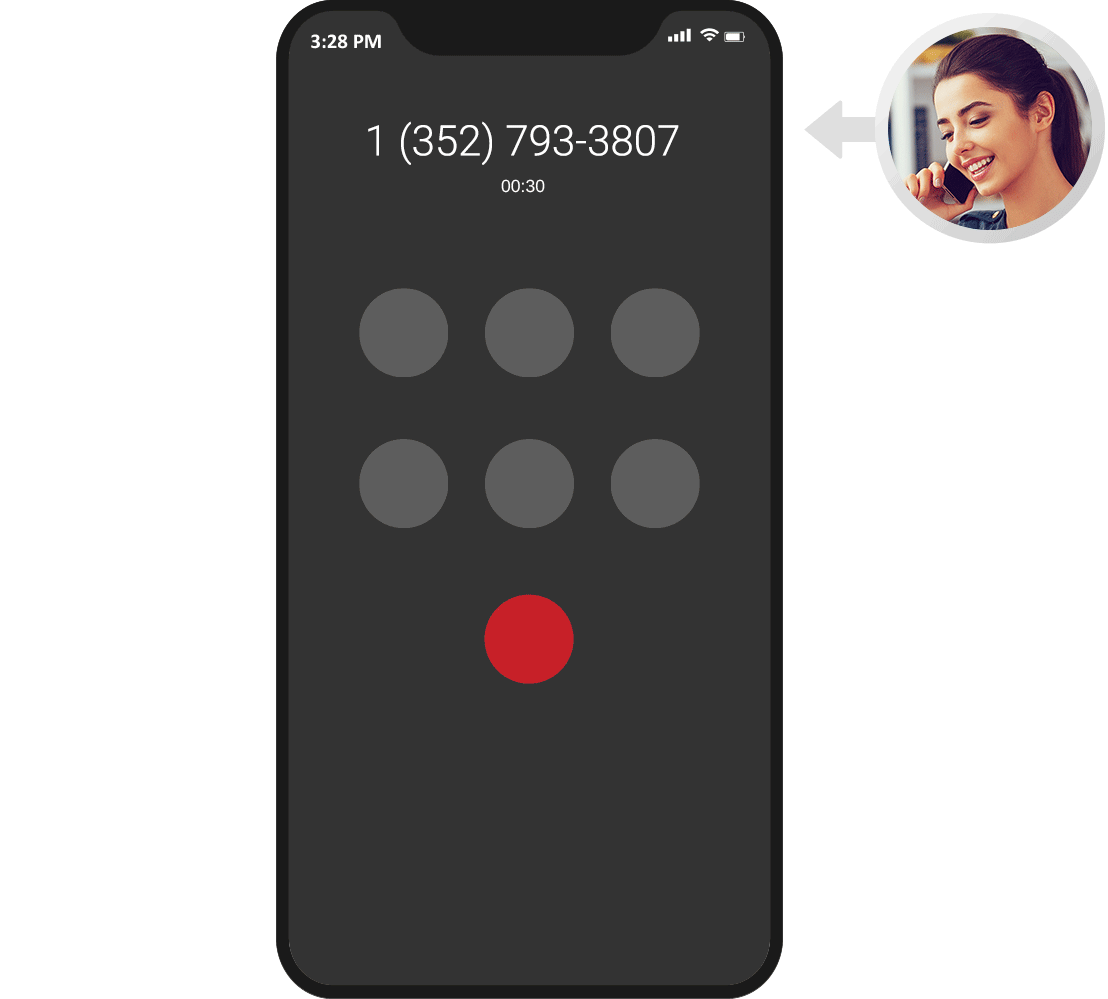 Starting, stopping, or transferring service handle time also decreases as a virtual agent has the ability to collect the information from a customer to complete such tasks.
Starting, stopping, or transferring service handle time also decreases as a virtual agent has the ability to collect the information from a customer to complete such tasks.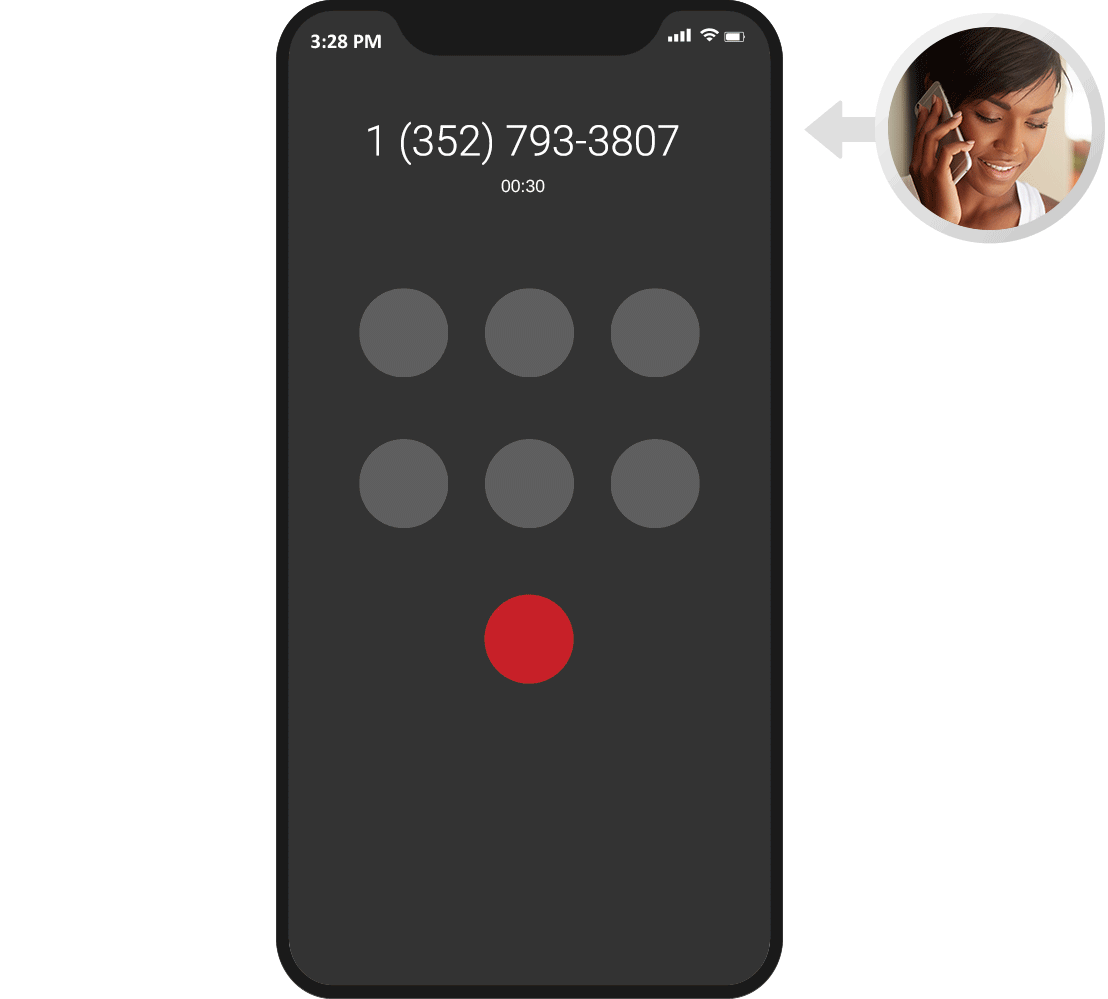
- Payments & Collections – Billing inquires, one-time payments, payment arrangements, and past-due bill reminders are all automated and secured; AI-powered virtual agents understand questions like “What’s the minimum amount I can pay today?” the same way a live agent would, once again reducing wait time and call handle time.
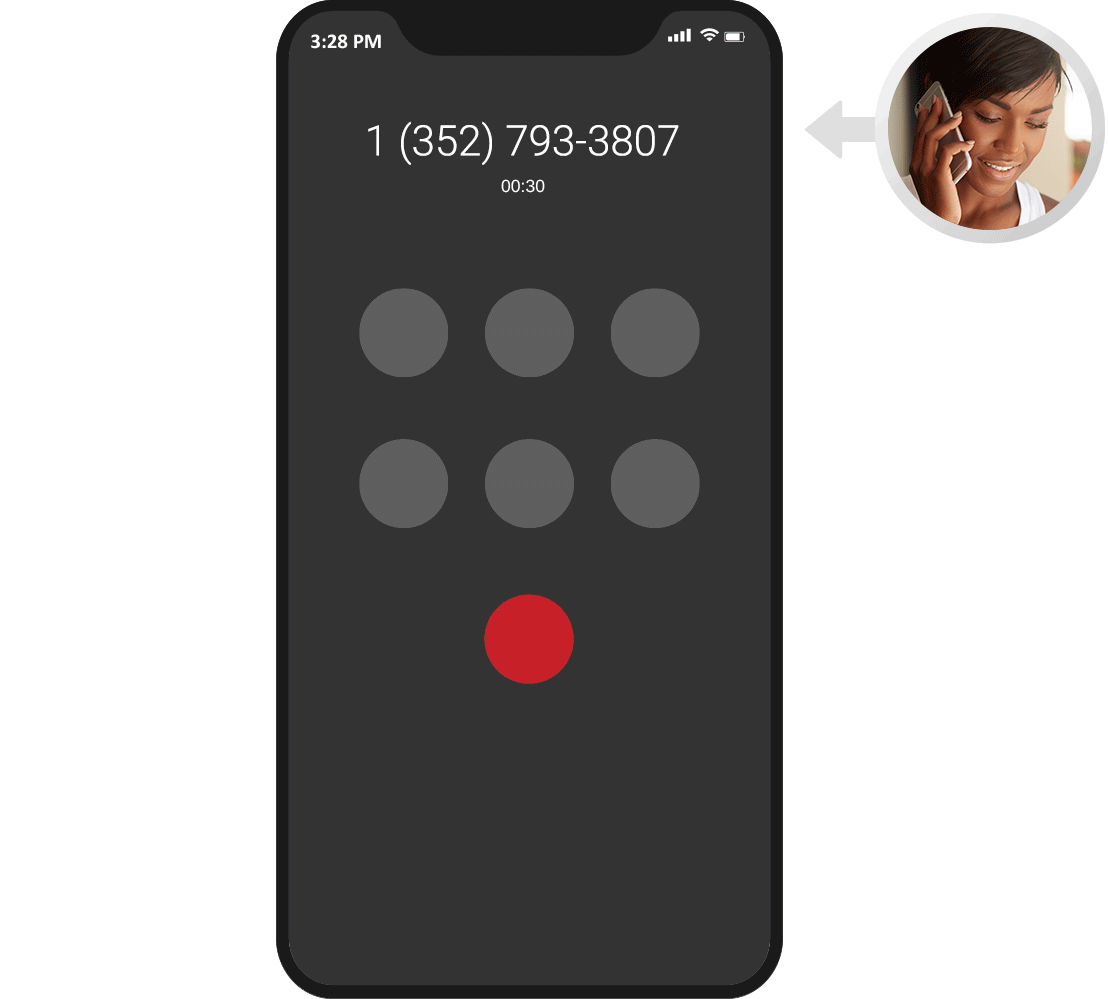
- Account Management – Facilitating the ease of account updates for customers to change their address and update their information means no need to talk to a live agent whose time is better suited for more involved issues, like questions about their latest bill.
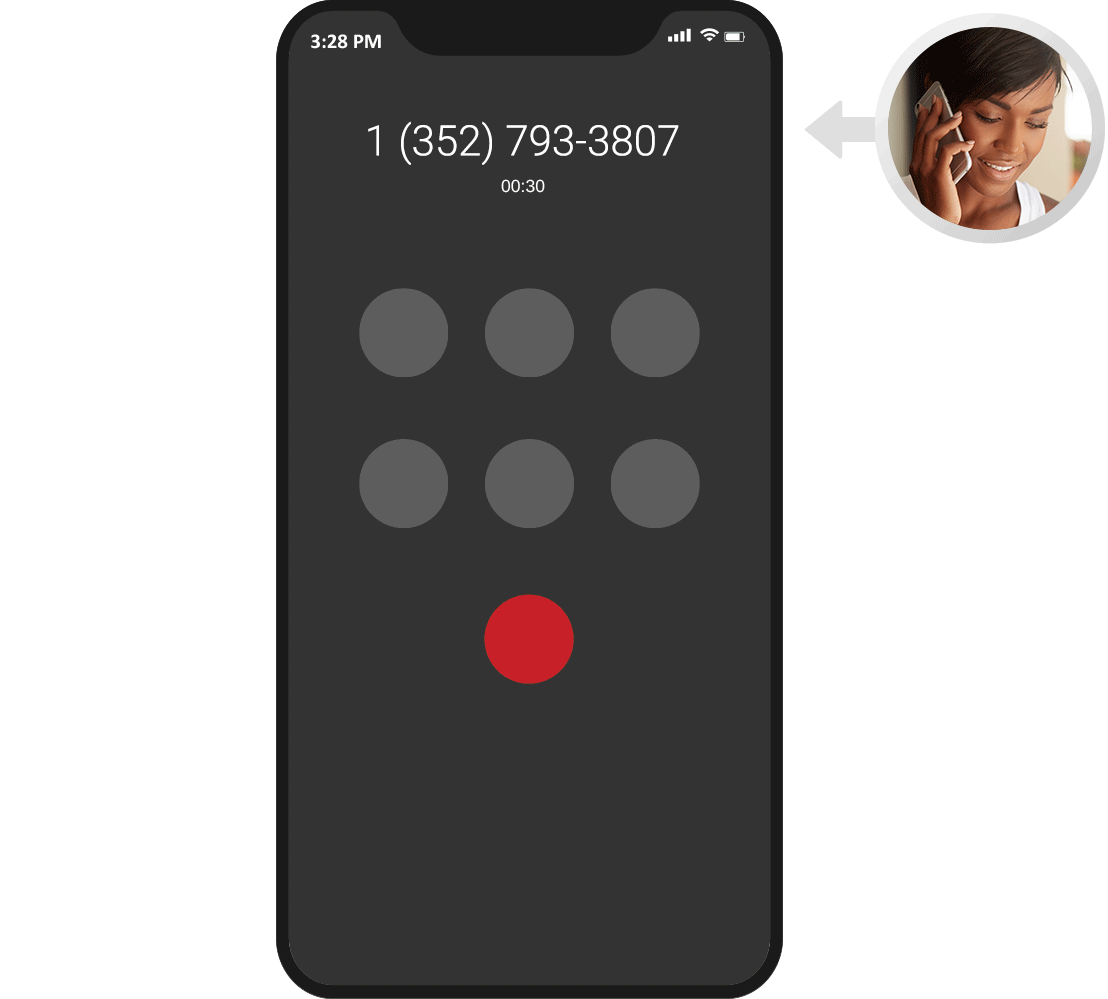
All these augmentations not only boost a customer’s experience but allow live agents to focus on calls that cannot be automated due to complexity. Additionally, getting rid of the repetitive tasks reduces high turnover rates in a call center by decreasing repetitious or monotonous work, one of the main reasons for job dissatisfaction. Upgrading your customer experience sequentially increases your employee happiness, and with the help of an AI-powered virtual agent, you can advance two critical aspects of a company’s success triumphantly.

